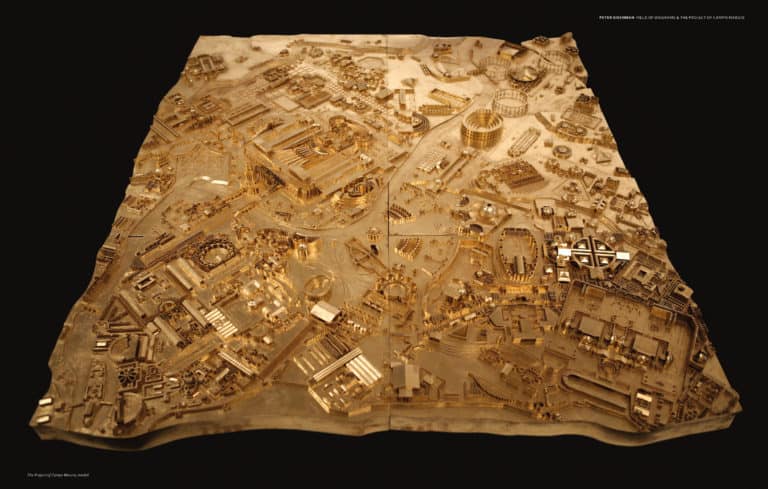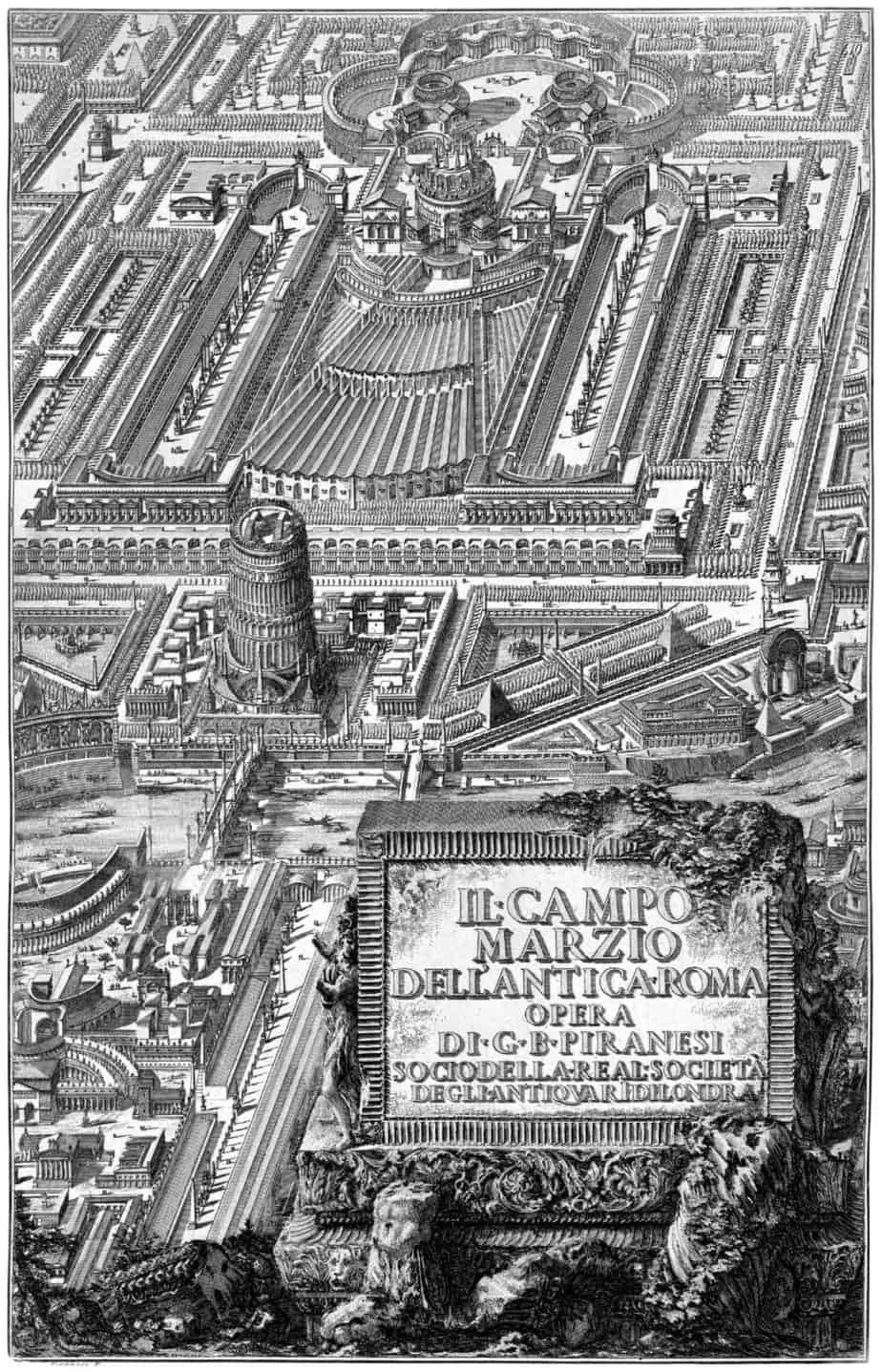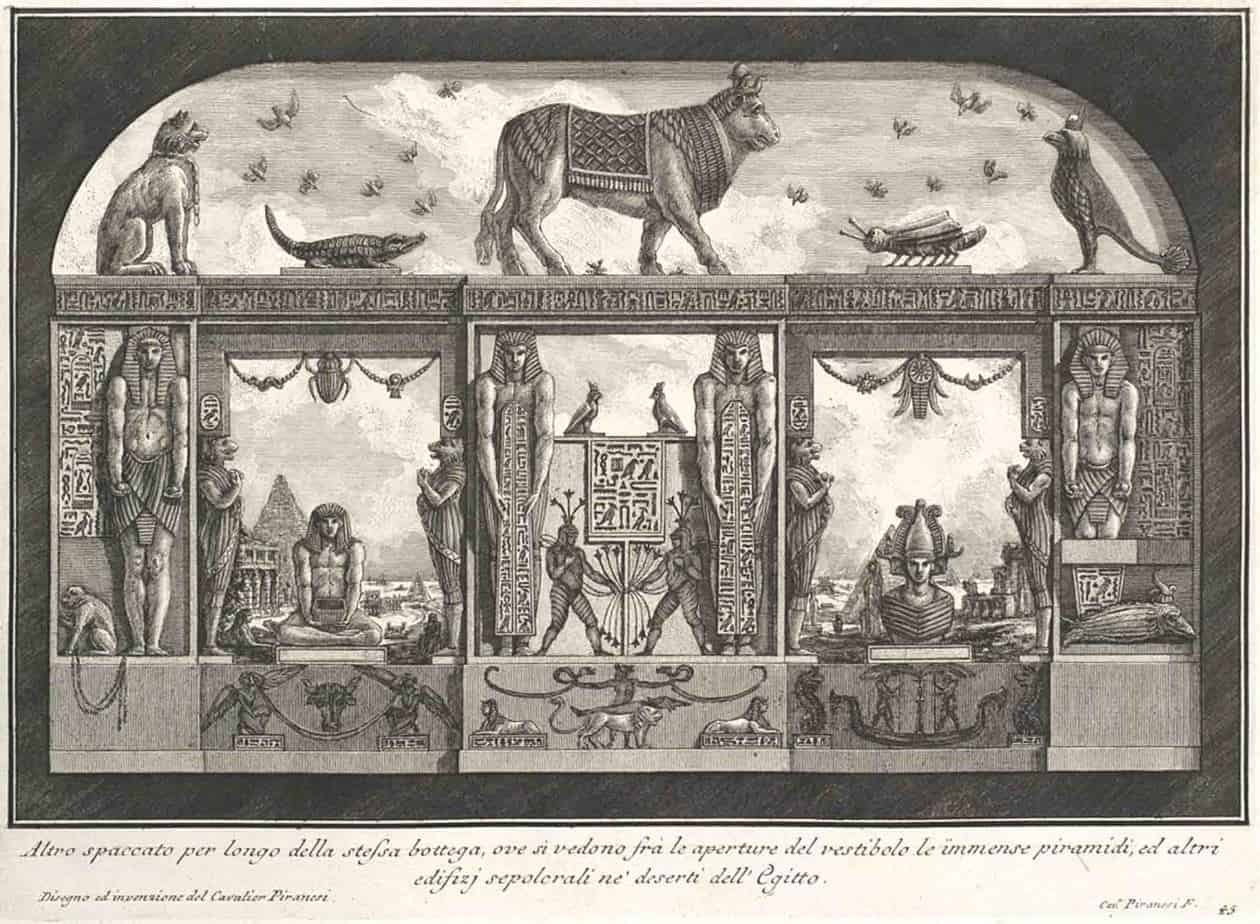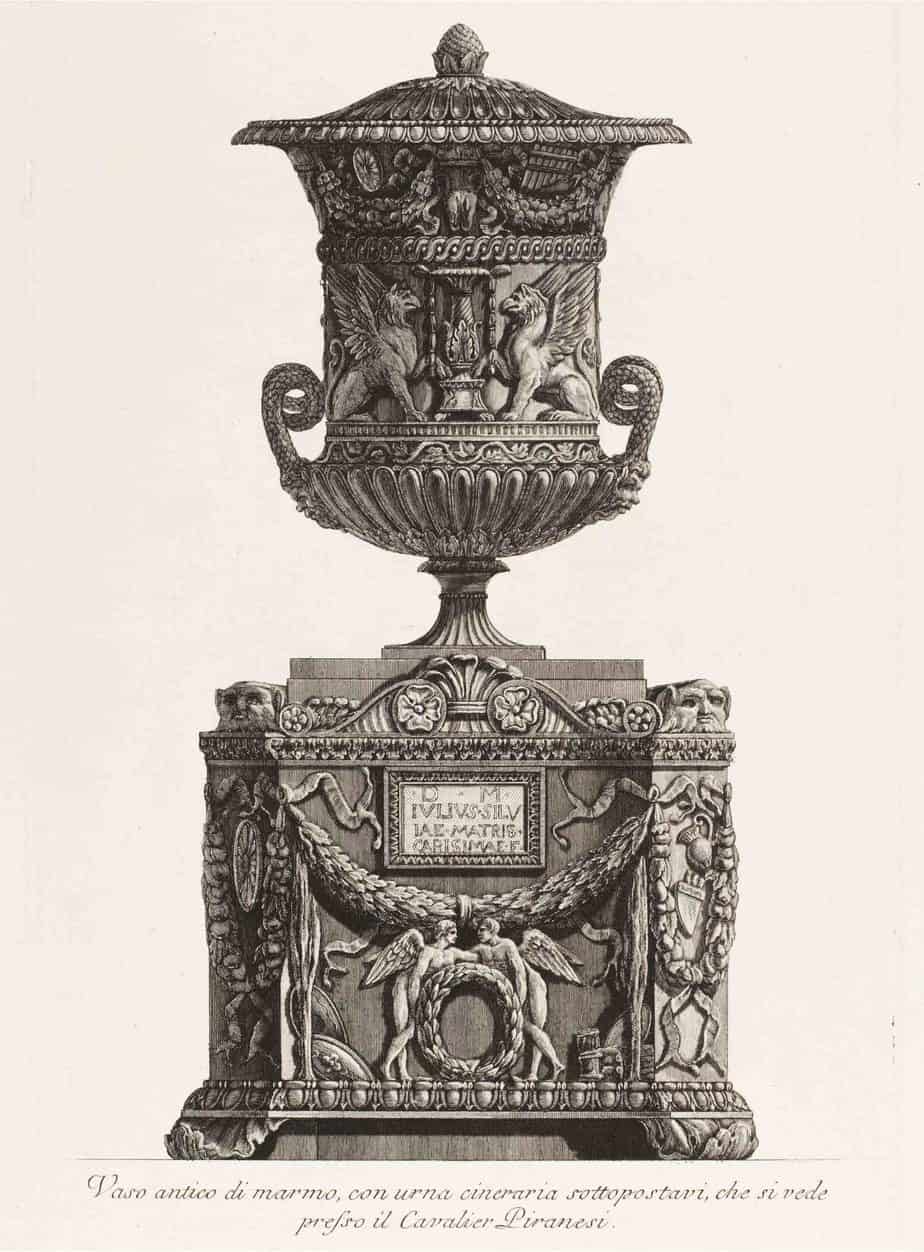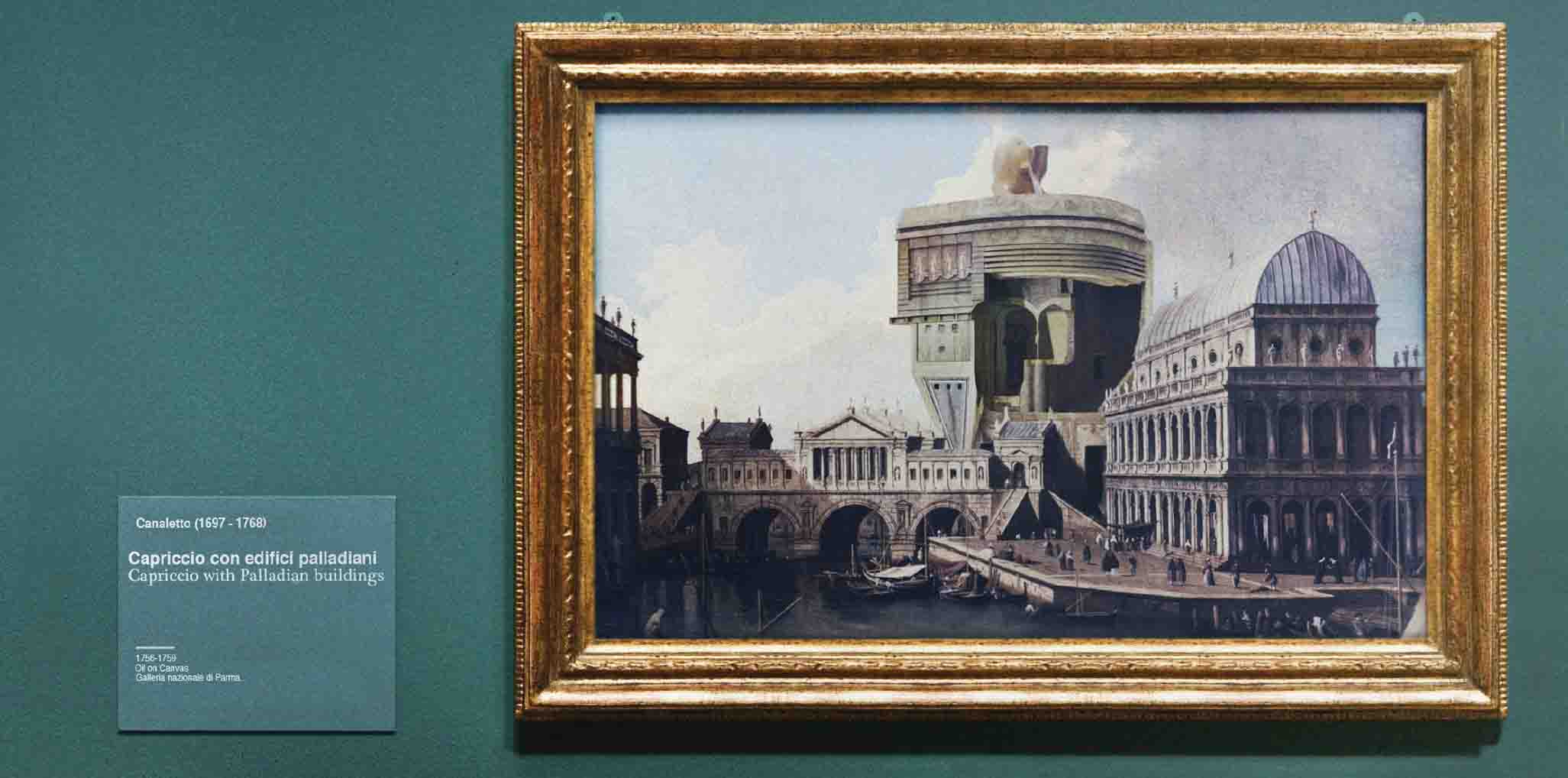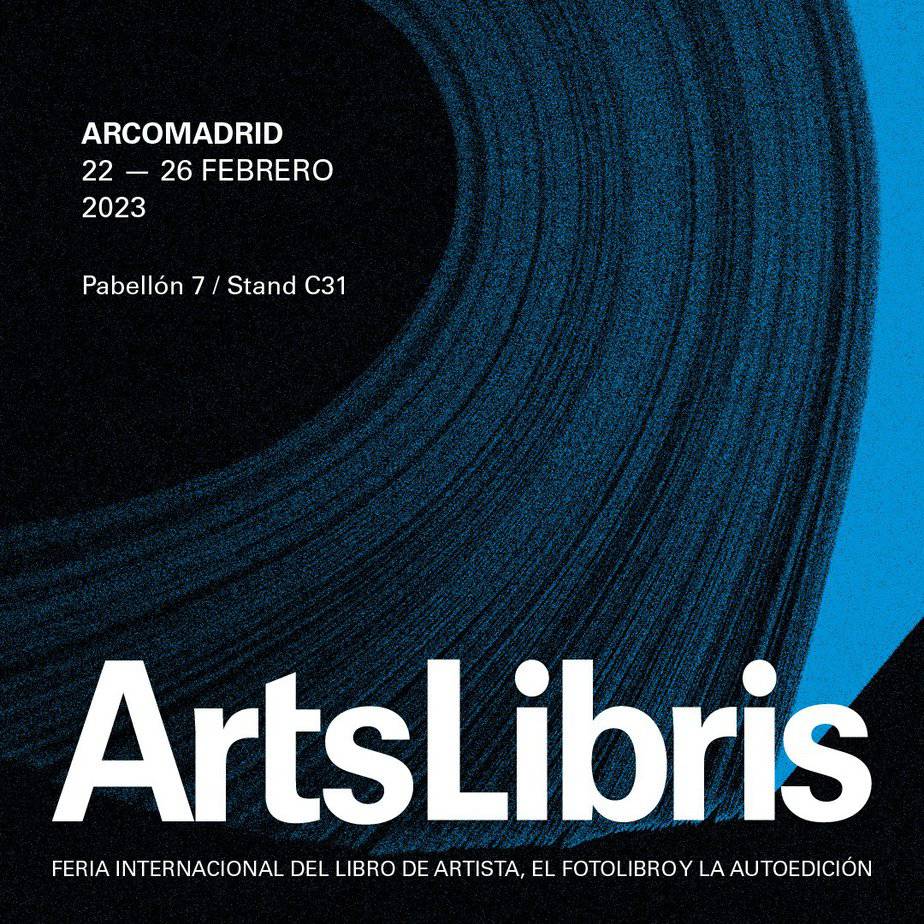An excerpt from the newest issue of the Städelschule Architecture Class Journal: SAC 05, p. 62-69
The problem with history and historicism is that the present is assumed to be historically determined while the past should only be understood as its background. The task of historians and theorists is to probe for unheard relationships, unmask contradictions, disclose historical continuities, expose discontinuities, and show how the present is related to its past. They have to show how and why today’s practices are – in a pseudo-Marxist way -the farces of the past’s tragedies. They must find today’s historical roots and discover what is behind the veil of what we call “contemporary.” before and beyond the present there is a past that, once transformed in history, defines what we do in the now. There is no present that is not always already historicised. Ultimately, while the present is historically determined by its past, the past is – tautologically – of the past; it is assumed to be objective and detached from the contemporary. But we might well consider this issue the other way around: that is to say, we could look at how the past is defined by the present and how the present reinvents its past. How and why do we decide what is the right past to consider for the present?
To ask such a question means to make our relationship with historical time more complex. Traditionally, it makes common sense to say that we look back at the past – even when the past is part of the present, as in Walter Benjamin’s allegory of the Angelus Novus: The angel of history is moved by the wind of progress while he looks back at history’s ‘pile of debris.’ What we see in Benjamin’s allegory is a direct and confrontational relationship between the present and its past: history is given to us in the “now” as a series of facts, symbols, documents, forms and ideas, but only if we are able to look back at them. So we look back into our past in search of predictions for understanding today. At the same time, we continue to follow in the footsteps of a deterministically understood and therefore predetermined “history.” Or, maybe we think that the present is a repetition and a certain phase of the cyclical and morphological structure of history – a cyclical return of patterns. lt would then be to our advantage to find the precedents in order to infer what might come tomorrow. So, for instance, thanks to Vasari’s (1511-1574) definition of the historical eras of Renaissance art, Johann Joachim Winckelmann (1717-1768) was able to speculate about the existence of different eras in ancient Greek art, influencing a new generation of artists, including Franz Pforr (1788-1812) and Bertel Thorvaldsen (1770-1844).
We look for models, and we seek historical roots. We find the causes of what we are today, for they have already determined what we now do – or, at least, this is what we believe. We look at the past as the reservoir of possible agencies to be used as defensive shields against our critics. Then we oppose the past and the present, and the”now” becomes the mask of history. Such a reality seems obvious when we look at the architect’s work and at how it is presented in the architectural debate: contemporary architecture deals with the problems of the present while precedents are used, sometimes with extensive knowledge, as legitimising tools.Yet, we could wonder: could we not think of a different relationship with the past? The usual answer to this question is as known as it is unspoken: “No!” We should exclusively deal with the present and progress. The alternative, if we insist, comes at the cost of being labelled “anachronistic.” And yet, I argue, Giovanni Battista Piranesi’s work may suggest a different option: we could approach history in a parachronistic manner.
PIRANESI’S REINVENTED PAST
ln his theoretical work, Piranesi’s use of historical precedents serves a specific and obvious purpose: it is the means for entering into the debate with the architects of his time. Thus, ancient Roman architecture and the baroque are for Piranesi precedents allowing him to oppose the growing interest in a more essential aesthetics,
Greek revivals and a simpler architecture, as theorised by architects and intellectuals such as Julien-David Le Roy, Ma rc-Antoine Laugier or Pierre-Jean Mariette.
But when we look at how Piranesi was using the past as a design tool – as something to be reinvented through design we witness something unique: the past is not just part of the present, but – rather – it drives the design while at the same time being reimagined and reinvented.
Take, for instance, the Campus Martius Antiquae Urbis. According to its title, this series of drawings (more than 50) depicts a specific area of ancient Rome – the Campo Marzio, an urban area that was chaotically populated by large complexes for public use including theatres, thermal baths, amphitheaters and circuses.
We might think that Piranesi’s Campo Marzio is the urban reality of imperial Rome: the ancient and “original” Rome coming back into the present in the form of a majestic architectural narrative made of perspectival drawings, maps, elevations, sections, vignettes, renderings of ruins, topographies and – not the least- the iconography: a figure-figure plan where all the objects have been carefully labelled. ln the drawings, we find some of the most iconic buildings of ancient Rome, including the Statilio Tauro amphitheater,the Theatre of Balbus, the Forum Suarium, the Septa Julia, the Theatre of Marcellus and the Domus Pincii.
We might imagine, then, that ancient Rome has come back to us in this portfolio of drawings – or so the author guarantees:’Ciò di che io piuttosto temer debbo si è, che non sembrino inventate a capriccio più che prese dal vivo, alcune cose di questa delineazione del Campo’ (‘What I should fear the most is that some of the things represented in this delineation of the Campo seem to be invented in a fancy way rather than redrawn from reality.’) And we might want to take Piranesi at his word. He swears that the Campus Martius Antiquae Urbis is an archaeological project, based on archaeological reconstructions: ‘Posso con verità protestarvi, non esservi stata parte sì piccola del Campo, la quale io non abbia più volte e con attenzione esaminata’ (‘l can in truth guarantee you that there has not been any small portion of the Campo that I haven’t more than once carefully examined).The title, the names, the programmes and the intentions of the Campo Marzio appear to render antiquity in its original form.
But we know another truth as well: this is an actual project where the past is transformed and altered to the point of at times being unrecognisable. Yet, it is in front of us, visible and even more Roman than Rome itself. However, Rome is not represented; it is rather evoked and invented. Rome becomes equivocal. Piranesi, once again, discusses this problem and justifies himself. Some might argue, he says, that parts of the plan are more similar to “modern” architecture than to the ancient one, yet before condemning its author of imposture, these critics should look at the greatness of the ancient structures. Then they must acknowledge that there is not anything invented by the “moderns” that was not already done by the ancients who, as Piranesi says, were already able to design against the most rigid laws of architecture.
Things thus given, it is hard to imagine what this project is about: is archaeology an excuse for doing something else? ls it a fake? ls it a capriccio? lt is difficult to answer, for the historical elements are redrawn and sometimes reinvented. An archaeological reconstruction should normally present itself with a certain degree of certainty; it should be scientific, reasonable, and it should be presented with some evidence to prove the first assumption about its archeological validity. There would be something present that would allow us to historically circumscribe what we see. But since this “archaeological project” (itself an oxymoron) is partly based on invention, it is impossible to do so. We are denied an understanding that could lead us to decode with a degree of certainty what is historical and what is not – unless we solely focus on what is a one-to-one copy of what Piranesi found in the city (as in the case of the Pantheon).
Due to this project’s ambiguity, it seems to me, that whoever dives into Piranesi’s Campo Marzio with the aim to define its “real” content is destined to partially fail. Many have studied this project in the attempt to unveil its mystery – for instance, Manfredo Tafuri, Jennifer Bloomer and, more recently, Pier Vittorio Aureli and Gijs Wallis de Vries. While admitting the specific interpretative problematics of the project, these authors say that Piranesi’s series of drawings is – ln truth – all but an archaeological reconstruction (Tafuri); the manifestation of a sort of surrealist poetic (Bloomer); a tool for entering the public debate in 18th century Rome (Aureli); or even that it is a Deleuzian fusion of classical and modern contradictions (de Vries). lndeed, they do not conceal their doubts. Tafuri is well aware that this work has a double-faced nature; Bloomer understands clearly that it is cryptic; Aureli recognises the enigmatic nature of Piranesi’s work; and de Vries understands the complexity of this portfolio’s content. Yet, they all tend to interpret the Campo Marzio as having a hidden content that has to be unveiled.
Their general and shared tendency is to supply theories for understanding the work. However, what emerges once we put one interpretation next to another, is that Piranesi’s work is like a web of different fragments. ln other words, it is impossible to read Piranesi’s work as the expression of a clearly defined system of thought premised by strongly determined axioms. For instance, the image of the fragment is used by Tafuri in order to unveil the Campo Marzio’s secret, both in his description of the design’s formal properties (‘a formless heap of fragments colliding one against the other’) and in his discussion of the plan’s content with the loss of linguistic unity (‘the absurdity of its horror vacui, becomes a demand for language, a paradoxical revelation of its absence’). Given this reasoning, a possible conclusion presents itself: Piranesi shows the kind of crisis and fragmentation typical of latter-day avant-garde thinking.
Nonetheless, we can say, Piranesi’s procedure is more akin to a speculation than to a conscious critique or destruction of architectural language. Following the authority of ancient writers (mainly Plutarch, Livy and Strabo) and previous studies on ancient Rome (such as Pirro Ligorio’s Antiquae urbis lmago from 1562 and Famiano Nardini’s Roma Antica from 1666), Piranesi knew what buildings were in the Campo Marzio but generally not their forms and shapes. Sometimes Piranesi’s reconstructions match the reality of ancient Rome, more often they do not. He literally reinvents the past via geometry and the application of compositional techniques. Such a procedure, seemingly quite simple if not mechanistic, has important consequences: it shifts the place of the past from the present’s background to its foreground, from “what was” to “what is.” The past is not verifiable anymore – it is not historical, and it is recreated for the needs of the present. There is nothing substantial to be interpreted. lt is a distribution of different temporal pieces made in such a way that it cannot be fully understood. Hence, the Campus Martius Antique Urbis is not just the unmasking of the dialectics of the Enlightenment; it is not just a fragmentary composition; nor is it an “archeoscape.” lt is all of this and much more at the same time.
PIRANESI’S ANTIOUITIES
ln order to attempt an understanding of Piranesi’s reinvention of history in the Campo Marzio, it is useful to compare this series of drawings with some other works by Piranesi where the past is used and reinvented in a speculative manner. All of Piranesi’s work is marked by a deep interest and fascination with a past that has a double-faced nature. On the one hand, Piranesi concretely studied ancient architecture; he conducted on-site examinations, made archaeological drawings, and examined ancient monuments and objects by means of measured drawings. On the other hand, he invented imaginative and highly speculative reconstructions of history: capricious drawings, exaggerated representations of ruins, and perspectives of an invented past. Of course, it could be argued that such a contrast in approaches is typical of the late 18th century’s attitudes towards ancient architecture. However, in Piranesi’s work antiquity serves first and foremost as the yardstick and motivation for the development of new designs. What we see in Piranesi is the clearest use of the past for the purposes of the present: the ancient becomes a fecund reservoir of forms, shapes and figures at the service of the architect’s imagination. ln other words, differently from most of his contemporaries who were more inclined to develop a philological history and positivistic design practices, Piranesi reinvents the past in order to design for his time by freely decontextualising the ancient from its historical setting and re-actualising it in the present.
Nowhere else emerges this attitude more clearly than in Piranesi’s enterprise as a restorer and dealer of antiquities. He restored and sold ancient objects, many of which were depicted and advertised in his publication Vasi, candelabri, cippi, sarcofagi, tripodi, lucerne,
edornamenti antichi from 1778. ln doing so, Piranesi’s standard habit – who by then had earned the nick-name “cavalier pasticci” – was to restore the missing parts of the works he was selling, and to this end he faked parts ofthe ancient pieces, going way beyond what would be considered appropriate restoration according to scientific methods. His aim was to recreate and sell seamless, intact and apparently original objects, and to do so he rebuilt and reinvented the missing parts. Piranesi’s goal is clear in this case: the new parts had to be effectively indistinguishable from the “real” but incomplete ancient pieces. lndeed, this procedure involved a considerable process of invention, as it is evident in both the drawings of these objects as well as in the objects built by Piranesi, exemplified by the so-called Boyd Vase, a vase bought in 1776 by John Boyd and now exhibited at the British Museum in London.
lf we compare the Campo Marzio to this particular aspect of Piranesi’s practice, the significance of this series of drawings clearly emerges: the attempt to render a credible ancient Rome that, fakery notwithstanding, becomes a dazzling project that mixes visions of the past with elements typical of Piranesi’s time and baroque architecture.
Looking at Piranesi’s work we discover a conjectural and speculative reconstruction of antiquity that takes us back to the past as viewed through Piranesi’s timepiece and, in doing so, it engages as much with the past as it does with the present and the future.
THE DESIGN OF TIME: PARACHRONISM
As we have seen, the Campo Marzio has been read by various authors with their respective intentions, and this has resulted in a myriad of different interpretations. However, any reading of a work of art or architecture will never offer more than a partial understanding. The problem, as recognised on several occasions by Robin Evans, is a matter of epistemology. Rather than projecting a predetermined theoretical system onto a project, it is possible to read it as it appears and to understand its author’s premises (in this case Piranesi’s), trying to infer a possible problematisation of the work that could enable the production of useful and effective concepts.
We might say, then, that in Piranesi’s work the past loses its historical status; it is neither behind us, nor in front of us. lt is, crucially, within us. lt becomes something more similar to mythology than to historical data. By generalising this issue, we can postulate the possibility of designing the past, defining and reinventing it through the drawings of a project. Once detached from its historical form, the past would no longer just be the subject-matter of academic papers, history books, or doctoral dissertations. Deterministic historical science would recede and so would the tyranny of the “historical project.” The past would then become the source for design, as in speculations on the present and the future, produced through the instruments of architectural design (geometry, perspectival drawing and composition). ln consequence, architecture would cease to be just a matter of designing form and space, but also of designing fime, becoming the active producer of fictional realities.
History does not offer fixed and stable values. Rather, it asks to be constantly re-read, re-written and re-problematised: it is a process of constant re-measuring time, a chronicle constantly re-authored. Each time, the experiences of different subjects define the “historical” values for the present. lt is a matter of parachronism: the topicality and transformation of the past in and for the present, paving the way for contradictions, differences and multiplicities between various authorial points of view.
Architecture would be at the centre of an alternative paradigm: not just space and form, but also time. Architects could travel through time, bringing together different timepieces, defining chronicles through geometry and form. Our work would not involve equivocal objectives, including the ideas of building a better world or just providing better service. The architectural enterprise would be much more speculative; we would imagine realities and histories by means of aesthetics, fictional and formal conjectures and inventions. Maybe it would be an ambiguous architecture, but it would be all the more relevant for that.
What we can learn from Piranesi is to rethink the possibility of constructing our contemporaneity by taking advantage of all the discrete times, myths and narratives coming together in our shared historical time and its future. Consequently, architecture could reinvent and recreate meanings for our reality and, through its aesthetics, acquire cultural and political content: the re-presentation of realities.
GIACOMO PALA is an architect, researcher and a PhD candidate at University of lnnsbruck. His work moves between the boundaries of architectural theory history and architectural design. As an architect and external collaborator, Pala has worked for various offices including Coop Himmelb(l)au in Vienna and Space Caviar in Genoa.

